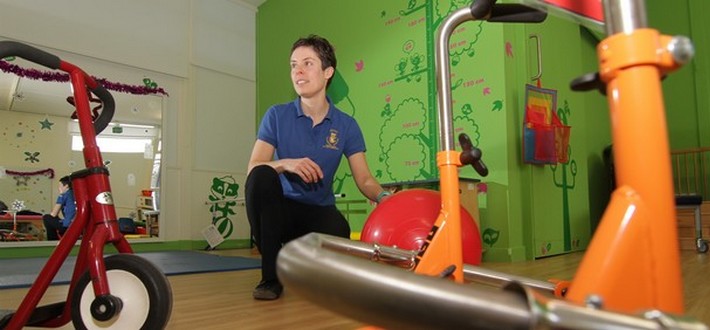- Newborn. Their arms and legs are slightly bent at elbows and knees. Their heads will fall back a little when pulling to sitting from lying. The head should come up within about 10 seconds of being pulled to sitting.
- 6 to 8 weeks. Raises head and looks up when placed on their front. Can turn their head from side to side. When placed on their back waves arms and legs around.
- 4 to 6 months. Sits with support. Able to hold head up without support when sitting. When on their front can raise their head and look around. Starts to roll, usually from back to front first. Gets into a crawling position.
- 6 to 9 months. Sits without support. Rolls in both directions. Pulls up to stand and takes weight on their legs. Sits themselves up from lying down.
- 9 to 12 months. Stands up and walks around holding onto furniture (cruising). Crawls, bottom shuffles or commando crawls. Stands by themselves.
- 12 to 18 months. Walks, at first will be unsteady with their legs apart and arms out but become more confident.
- 2 years old. Tries to kick a ball, runs, jumps up with both feet up off the floor.
- 3 year old. Walks upstairs with alternate feet but downstairs with both feet on each step. Climbs. Can pedal a tricycle.
- 4 year old. Walks up and down the stairs using alternate feet. Cycles on tricycle confidently. Hops and stands on one foot. Kicks a ball.
- 5 year old. Hops, dances and climbs. Slides down a slide. Can balance and stand on one foot for about 10 seconds.
Most children (8 in 10) learn to walk by crawling first. Others bottom shuffle and others commando crawl (with their tummy on the floor). Some just stand up and walk.
Bottom shuffling children tend to walk later than those who crawl on all fours.
Please see the following section on when you should be concerned.




